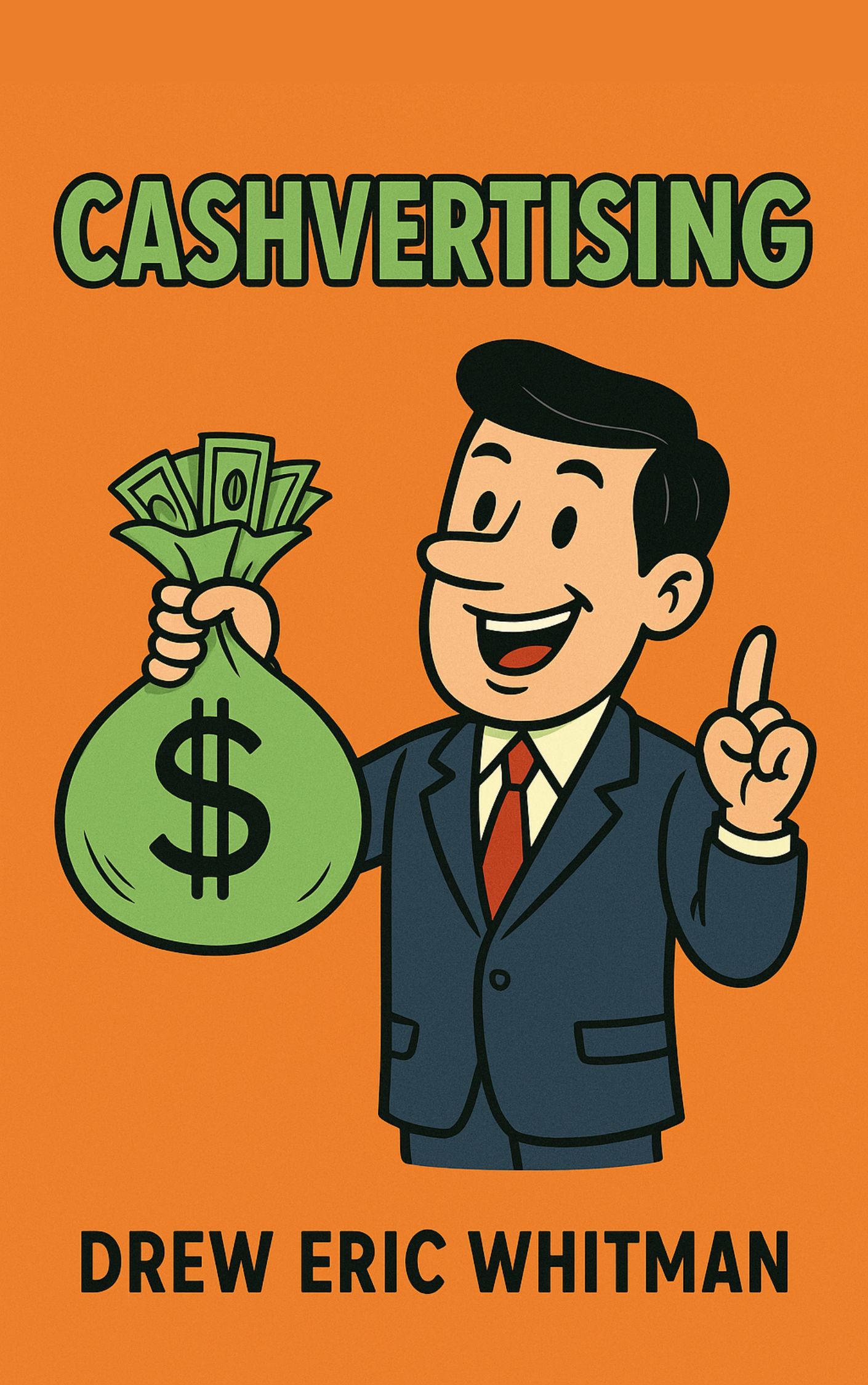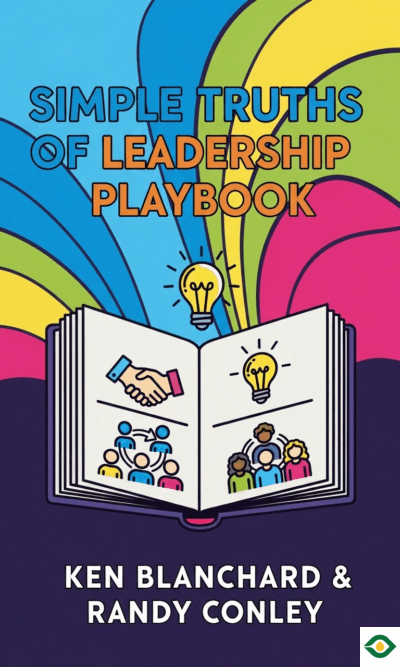Description
Cashvertising is a book about advertising that actually works. It shows that good ads are not about fancy words or clever jokes but about understanding people. People buy things for very human reasons, and when you know these reasons, you can write ads that speak directly to them. This book explains those reasons in simple ways and gives tools to use them effectively.
At the core, people are driven by eight deep desires. These include staying alive, eating and drinking well, feeling safe, finding love, having comfort, protecting family, being admired, and being successful. These are called life-force desires, and they are wired into us from birth. Advertisers who tap into these basic needs sell more than those who ignore them. For example, selling a simple food product becomes easier if you show how it satisfies safety, health, and care for loved ones.
One of the strongest tools in advertising is fear. People act fast when they feel threatened, but fear must be handled carefully. If the fear is too big, people freeze and do nothing. If the fear is explained clearly, with a believable solution, people will act. For example, an ad about hidden dangers in mattresses only works if it also provides a simple product that removes the danger. The fear gets attention, but the solution drives the sale.
Another big motivator is ego. People want to look good, be respected, and feel important. Many purchases are made for this reason. Expensive cars, fashionable clothes, or even fitness gear are often about image rather than need. Smart advertisers link their products to positive traits like success, youth, intelligence, or attractiveness. Even if the product itself is ordinary, the ad can connect it to a desired image. A running shoe ad that shows strong, athletic people sends the message that the shoes carry the same image.
Authority is another shortcut to trust. People believe experts, leaders, or celebrities. If an ad shows support from someone trusted—like a doctor, a scientist, or a famous personality—buyers feel safer. Even symbols of authority, like a lab coat or official-looking seal, can transfer credibility. This is why endorsements, reviews, and certifications are powerful tools in marketing.
Not all products need the same style of ad. People think carefully about big purchases, like houses or cars, but make quick choices for small things, like snacks. For big purchases, ads must give facts, logic, and details. For smaller ones, emotions and visuals work better. A real estate ad should include numbers, statistics, and safety features, while an ice cream ad should use bright colors, happy faces, and a fun mood. Matching the ad style to the type of product makes a big difference.
Headlines matter more than anything else in an ad. Most people never read beyond the first line, so the headline must carry the biggest benefit. It should answer the question: “What’s in it for me?” A good headline speaks directly to the right audience and uses attention-grabbing words like “new,” “free,” or “how.” If the headline catches attention, readers are more likely to stay with the rest of the ad.
Images can boost ads, but not all images work. Pictures of people, especially faces, get more attention than objects. Smiling faces, direct eye contact, or children and animals draw readers in. A photo makes the ad feel more personal and believable. People spend more time looking at what they enjoy, so the right photo keeps their focus longer.
Colors also influence how people feel. Research shows that blue, red, and green are most popular. Certain color combinations, like blue with yellow or red with green, work especially well. Color ads get more attention than black and white, and they even affect how people think something tastes or feels. Choosing the right color scheme can make an ad far more appealing.
Many advertisers think short ads are better because people are busy. But studies show that longer ads often sell more. When someone is interested in a product, they want information, not just a catchy line. Long copy gives reasons, details, and reassurance. A strong headline draws people in, and the extra length convinces them further. Online, longer copy can also keep visitors on a website longer and make them more likely to buy.
Placement of ads also matters, though not in the way most people think. Whether an ad sits on the left or right side of a page doesn’t matter much. What matters is which page it appears on. The inside front cover, the back cover, or pages near a table of contents are stronger spots than random inner pages. Even small design choices, like putting a white frame around an ad, can make it stand out more.
The biggest lesson of Cashvertising is that selling is less about clever words and more about understanding people. Ads succeed when they connect to human desires—safety, love, pride, or comfort. They also work better when they remove fear, offer clear benefits, and make buying feel easy.
A simple way to think about advertising is this: people act when tension pushes them toward a solution. Hunger pushes us to food, fear pushes us to safety, pride pushes us to look good, and desire pushes us to achieve. An ad that shows a clear problem and an easy solution follows this natural pattern and almost always works.
In the end, great advertising is about making things simple and believable. It speaks to what people already want, it reassures them, and it points to one clear action. Whether you are selling a car, a health product, or a simple snack, the same rules apply. Know your audience, speak to their desires, and make their choice easy.
Cashvertising reminds us that the art of selling is really the art of understanding people. Once you know what drives human behavior, creating powerful ads is no longer a mystery.





